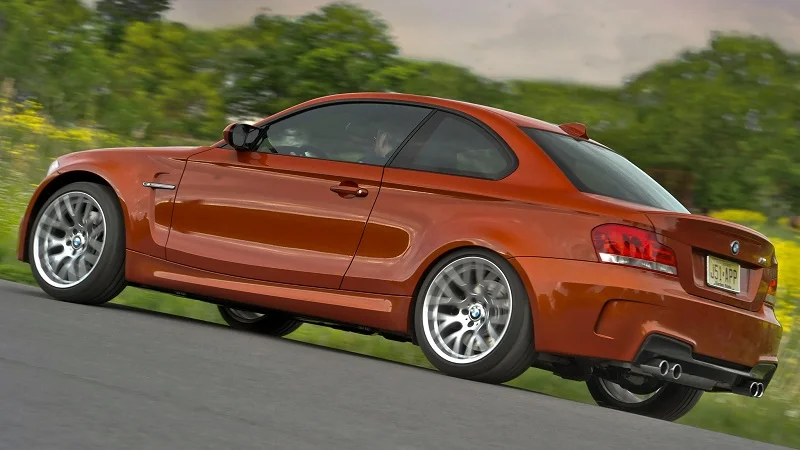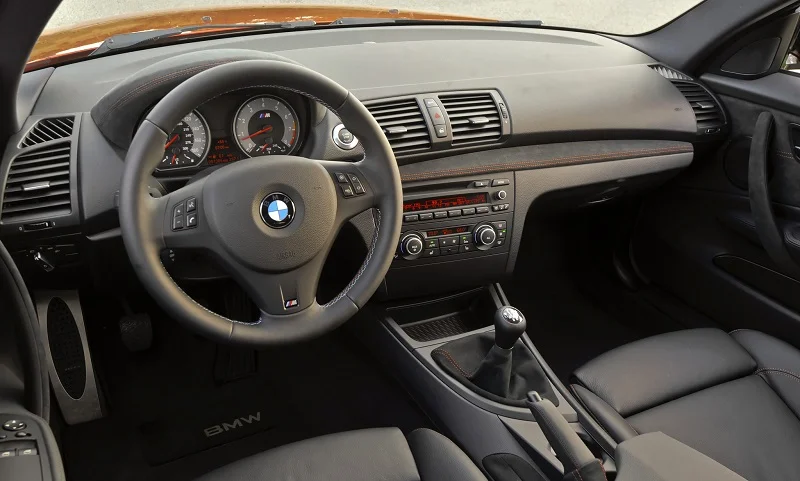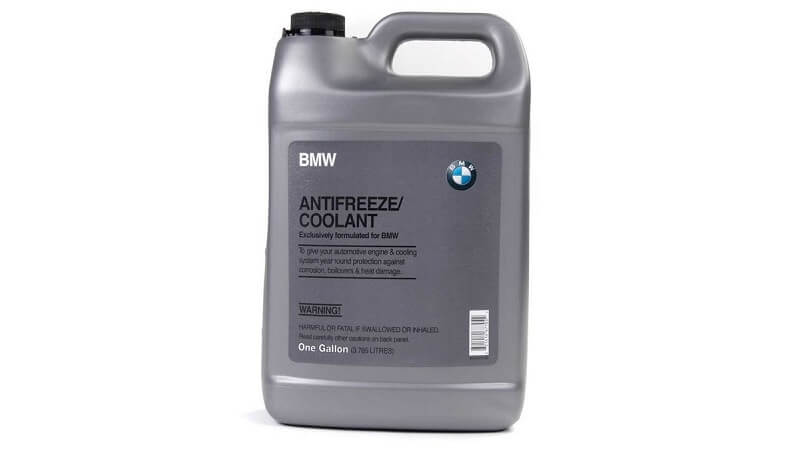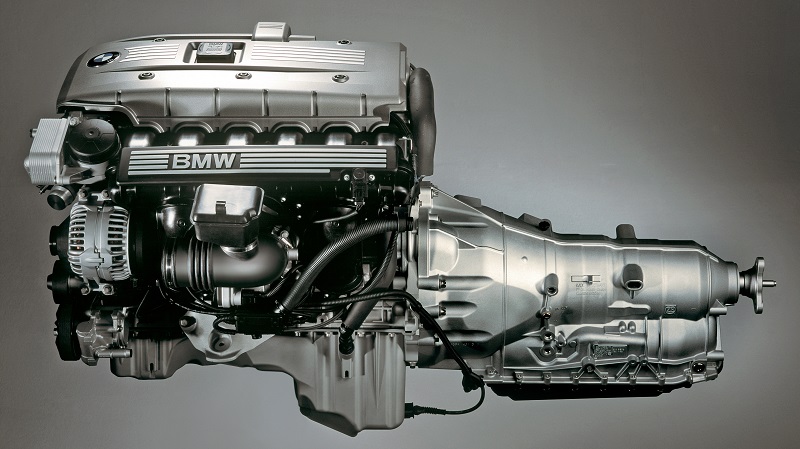By definition, a classic is something that’s “judged over a period of time to be of the highest quality and outstanding of its kind.” Whether it’s a movie, pop album, or piece of machinery, it takes a bit of time before something is deemed a classic. In 2011, BMW introduced an outstanding machine that was so impressive that it didn’t have to sit around and wait until it gained that status.
The BMW 1M Coupe was destined to be a classic in every sense of the word. It was only manufactured for one year with just over 6,000 units produced and was one of the most driver-oriented cars from the Bavarians in recent history. There are several reasons to remember the 1M coupe today, but the most significant one is the fact that it is arguably the greatest M car that BMW has ever made. Here’s all you need to know about the BMW 1M Coupe:

A Different ‘M’ Direction:
The interesting thing about the 1M Coupe, or the 1 Series M, is that BMW never intended for it to be a revolutionary new product. In fact, when it first debuted as a concept at the Tokyo Auto Show in 2017, it received quite a bit of flak for being everything a proper M car wasn’t. When it was launched four years later, the production-ready 1M Coupe featured many changes compared to the concept, but it was still unlike anything that the M Division had made before.
BMW’s first two-door sports sedan was the BMW 2002 introduced in the late 1960s. However, it was until models like the E30 M3 came along in 1986 that people started looking at BMWs as proper enthusiast cars that were the “ultimate driving machine”. As the years went by, BMW’s M cars just got bigger.
The E36 M3 from 1995 had grown to be the perfect sports sedan, and the E46 and E90 3-Series that followed were only more accommodating. This was the general direction that the Bavarian manufacturer was headed in, and that’s why the arrival of the 1 Series M was rather uncharacteristic.
BMW 1M Coupe: Unintentionally Great
Before the 1M’s arrival, the E90 M3 acted as the entry into the M line — there’s very little about that car you could call “entry-level.” That’s how the 1 Series M was born; BMW wanted to produce a more accessible M car. The team used parts from BMWs that were already out on the market to keep costs in check.
Major components like the rear suspension, differential, and brakes were borrowed from the M3, and BMW equipped it with the same rearview mirrors as well. The engine, meanwhile, was taken from the Z4 sDrive35is, and since this wasn’t an M car, the decision was looked at with a lot of skepticism.

The N54 Engine
That said, this ‘borrowed’ Z4 engine was still impressive. This was BMW’s first mass-produced turbocharged engine and the first turbocharged BMW petrol in over 30 years when it debuted. The 3.0-liter, twin-turbo, inline-six — dubbed the N54 — produced 335 hp at 5,900 rpm and 332 lb-ft of torque from as low as 1,500 rpm, all the way to 4,500 rpm. It also made an additional 37 lb-ft of torque during overboost, taking overall peak torque to 369 lb-ft. This was enough to propel the car to 60mph, from a standstill, in 4.7, which is respectable even by today’s standards.
The N54 featured two small-pressure turbochargers, an aluminum crankcase with iron cylinder liners, and a forged crankshaft and connecting rods with cast pistons; this was one solid engine and ended the notion that an M car had to be powered by a high-revving, naturally-aspirated engine.
Beyond the Engine
What makes the BMW 1M Coupe so memorable is that it’s as close to perfection as a driver’s car has gotten in the recent past. You don’t need to be a skilled driver to have a hoot of a time in it, and any shortcomings on your part are forgiven by the capable engine and chassis.

The 1M featured an electric power steering that replaced a traditional hydraulic system, and purists weren’t particularly accommodating about it. However, it takes only a few seconds behind the wheel of a 1M to realize that this is one of the most responsive and connected steering wheels out there.
Owners have mentioned that the car’s handling feels intuitive; it’s more fun and rewarding to drive when compared to the bigger E90 M3, thanks to its shorter wheelbase, 50/50 weight distribution, and rear-wheel drive.
BMW 1M Coupe — The Ultimate Driving Machine?
The 1 Series M Coupe is quite a rare car considering its short production run. BMW only intended to produce 2,700 units, but increasing demand bumped that number to just over 6,300 — only 740 of these cars made it to the US. Unsurprisingly, finding a used 1M Coupe is not easy — finding someone willing to part with theirs, harder yet.
The 1M Coupe set the foundation for many of the everyday performance cars we know today. The most appropriate example of this is the M2, the spiritual successor to the 1M and is nearly just as spectacular.
It’s hard to say if the 1 Series M Coupe will stay as desirable in a few years. What is certain is that it changed the way we view BMW’s M cars. As it turns out, sometimes bigger isn’t always better.






